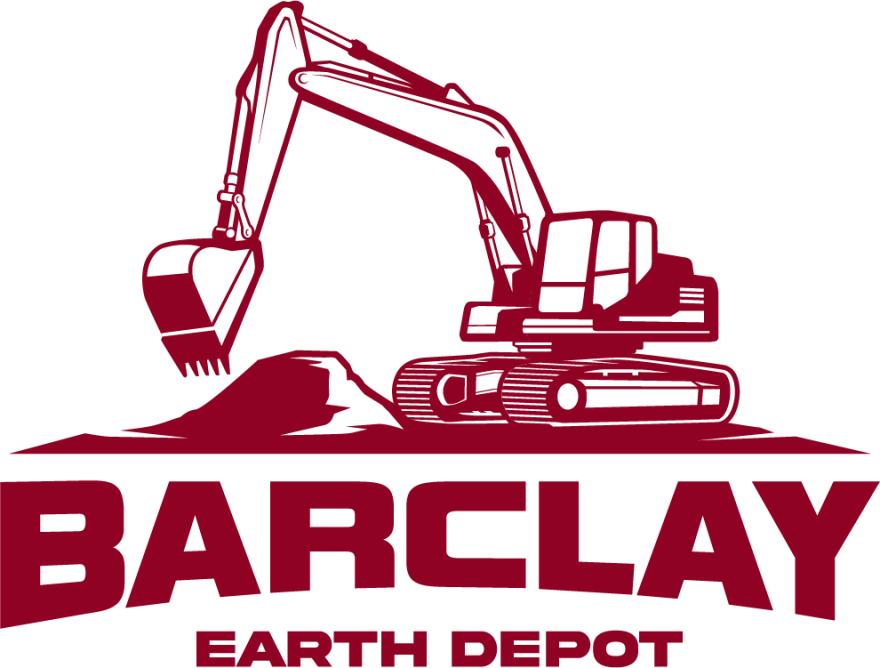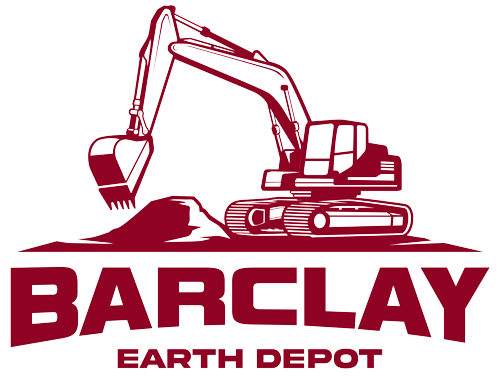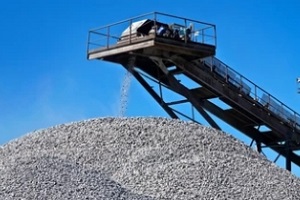 Aggregates are frequently overlooked when discussing the building industry, perhaps because they are typically added as extras to a more well-known product. Aggregates, however, are truly the building blocks of civilization. Aggregate production dates back to the time of ancient Rome and has been critical to the growth of our civilization ever since.
Aggregates are frequently overlooked when discussing the building industry, perhaps because they are typically added as extras to a more well-known product. Aggregates, however, are truly the building blocks of civilization. Aggregate production dates back to the time of ancient Rome and has been critical to the growth of our civilization ever since.
Aggregates are used to create roads, bridges and buildings, and they also make almost 90% of asphalt and close to 80% of conventional concrete. On average, 38,000 tons of aggregates are needed to construct one mile of single-lane interstate roadway. The average home requires approximately 400 tons of aggregate, despite its small size. Every state, and over 3/4 of the nation’s counties, has an aggregate business; this produces roughly 2.4 billion tons of debris worth over $25 billion yearly.
Aggregates have a number of benefits for society, and in this brief article, we will be shedding light on the top five.
What Exactly Are Aggregates?
Aggregates include sand, crushed stone and gravel and are generated via natural sources extracted from quarries and pits. When coupled with a binder material such as water, cement, or asphalt, they are used to form compound materials such as asphalt concrete.
According to the US Geological Survey Mineral Commodity Summary, 3/4 of the 1.4 billion tons of crushed stone generated in 2018 were used in construction. In the meantime, road construction accounted for 24% of the nearly 1 billion tons of gravel and sand produced, with asphalt making up 12% and concrete making up 44%.
The Top 5 Benefits Of Concrete And Asphalt Aggregates
There are several advantages to incorporating aggregates into concrete or asphalt, including but not limited to:
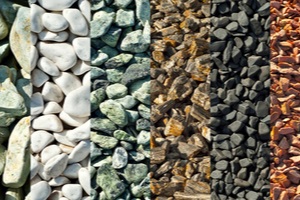
- They help to solidify concrete mixture: crushed aggregates comprise approximately 60% to 75% of the entire volume of concrete. Crushed aggregates have a significant impact on the quality of freshly mixed and dried concrete, rendering it more compact, decreasing permeability (which makes it far more resistant to water) and also changing heat retention values.
- Reduces the amount of water used: Aggregate, depending on its porosity, can retain moisture both internally and externally. As a result, aggregate has the ability to absorb water.
- Increase the mechanical strength of the concrete or asphalt: While a smooth surface increases workability, a more coarse surface generates a stronger link between both the paste as well as the aggregate, leading to greater strength. The amount of paste required for workable concrete is influenced by the grade, or size distribution, of the material.
- The water permeability of concrete is lowered and its water resilience continues to increase: the aggregate size is larger, the pores are larger, and the permeability is better. The internal porosity of the coarse aggregate specimen is bigger than the internal porosity of the fine aggregate specimen under similar conditions, which results in an increased permeability coefficient.
- Heat retention properties are modified: The thermal conductivity of concrete varies with density, with heavier particles having a higher thermal conductivity. As the temperature rises, pore water loss and drying of cement are reported to diminish the conductivity of concrete.
Because aggregate size, shape and composition all affect the end product, selecting the right asphalt or concrete aggregate to meet our customers’ needs involves careful research.
What Is The Significance Of Aggregates?
Aggregates are not just the bedrock of civilization, but also a part of our everyday lives. The average American utilizes 10,000 tons of aggregate every year. In fact, we would not have plastic or glass without sand, and we wouldn’t have pennies without zinc. Quartz contains silica, which is used in computer components, while limestone has calcium carbonate, which is used in antacids. Aggregates are used in water filtration and purification, as well as in air filtration and purification.
What Distinguishes A Good Aggregate From A Bad One?
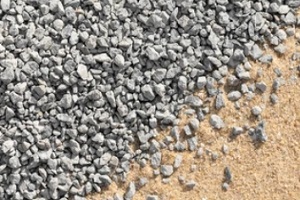 Aggregate material properties must be consistent, uniform and predictable and must be clean and dry before being used. The treatment applied to aggregates is only as efficient as the process which they endure; they are mined, crushed, rinsed and then sorted. The success of each phase, such as the production of a reasonable aggregate, is dependent on the performance of each previous step.
Aggregate material properties must be consistent, uniform and predictable and must be clean and dry before being used. The treatment applied to aggregates is only as efficient as the process which they endure; they are mined, crushed, rinsed and then sorted. The success of each phase, such as the production of a reasonable aggregate, is dependent on the performance of each previous step.
Contact Us Today
Elevated, low-maintenance and energy-efficient machines are available today, and they allow individuals in the aggregates industry to quickly and safely manufacture high-quality products. If you have any questions or concerns regarding aggregates and their benefits and uses, please contact Barclay Earth Depot. We are happy to help you develop the perfect solution for your building needs.
